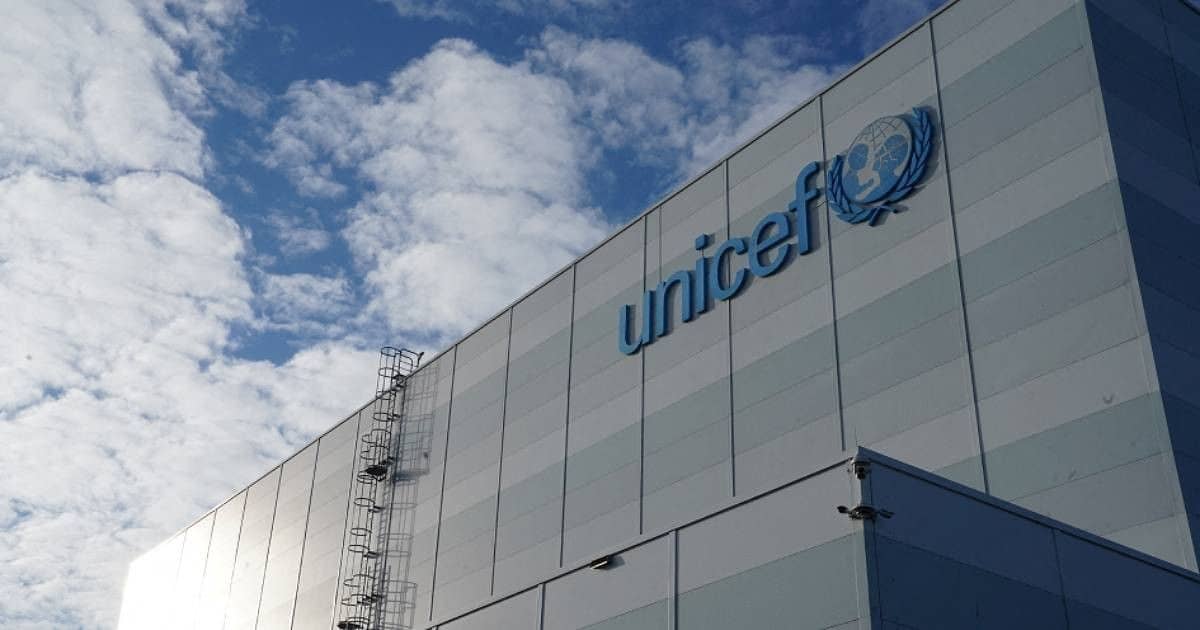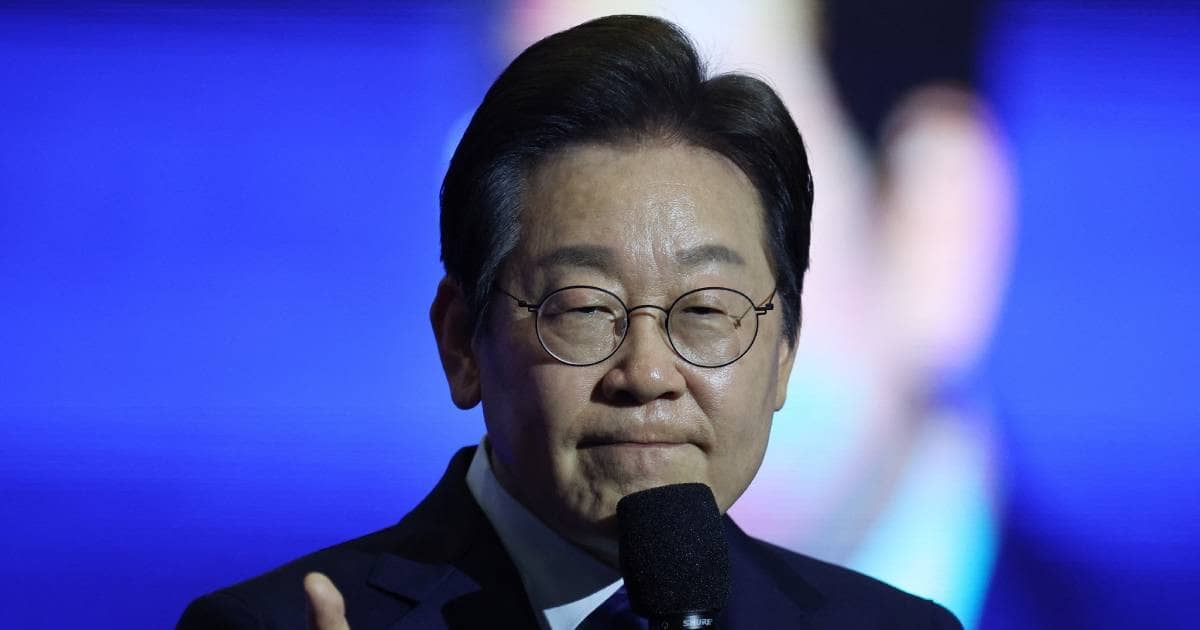The future of millions of children hangs in the balance as UNICEF projects brace for a devastating 20% funding cut in 2026 following significant reductions in US aid contributions. This financial crisis threatens to undo decades of progress in child welfare putting vulnerable populations at greater risk of disease malnutrition and lack of education.
In this comprehensive analysis we examine the root causes of this funding shortfall the far-reaching consequences for UNICEF projects and actionable solutions to prevent a humanitarian catastrophe. BestPrimeNews
Why UNICEF Projects Are Facing a 20% Budget Shortfall
For decades UNICEF projects have relied on consistent funding from donor nations with the United States being the largest contributor. However recent geopolitical shifts and domestic policy changes have led to a substantial decrease in US aid allocations.
Key Factors Behind the Funding Cuts:
- Shift in US Foreign Aid Priorities
The US government has redirected funds toward other global initiatives leaving multilateral organizations like UNICEF with reduced support. - Economic and Political Pressures
Domestic budget constraints and political debates over foreign aid spending have influenced the decision to cut contributions. - Competing Global Crises
Wars economic instability and climate-related disasters have stretched donor resources thin forcing tough prioritization decisions.
The Math Behind the Crisis
- UNICEF’s current annual budget: $7 billion
- Expected US funding reduction: $1.4 billion (20%)
- Potential programs affected: Vaccinations nutrition education and emergency relief
Without immediate intervention UNICEF projects will be forced to scale back operations leaving millions of children without critical support.
Which UNICEF Projects Will Be Hit the Hardest?
The 20% funding drop will have a domino effect across all major initiatives. Here’s a breakdown of the most vulnerable programs:
1. Life-Saving Vaccination Campaigns
- Impact: Fewer immunizations against polio measles and diphtheria
- At Risk: 500000 children could miss essential vaccines
- Long-Term Effect: Potential resurgence of eradicated diseases
2. Nutrition and Hunger Relief Programs
- Impact: Reduced food aid and therapeutic feeding programs
- At Risk: 2 million malnourished children in famine-stricken regions
- Long-Term Effect: Increased child mortality and stunted growth
3. Education for Crisis-Affected Children
- Impact: School closures and lack of learning materials
- At Risk: 1 million children could lose access to education
- Long-Term Effect: Higher dropout rates and lost future opportunities
4. Emergency Response in War Zones & Disaster Areas
- Impact: Slower delivery of clean water shelter and medical aid
- At Risk: Children in Ukraine Sudan Gaza and other conflict zones
- Long-Term Effect: Prolonged suffering and instability
The Ripple Effect: How Reduced Funding Will Impact Global Child Welfare
The consequences of these cuts extend far beyond UNICEF’s immediate programs.
1. Strain on Local Governments and NGOs
- Many countries depend on UNICEF projects to supplement their own child welfare systems.
- Without this support overburdened local agencies may collapse under pressure.
2. Increased Migration and Instability
- Desperate families in war-torn or impoverished regions may flee in search of survival.
- This could lead to larger refugee crises in neighboring countries.
3. Economic Costs of Inaction
- Every dollar invested in child health and education yields
- 10−
- 10−30 in long-term economic benefits (World Bank).
- Cutting funds now will lead to higher costs in future healthcare and social services.
Who Can Fill the Funding Gap? Potential Solutions
While the situation is dire there are ways to mitigate the damage.
1. Other Nations Must Step Up
- Top Potential Donors: Germany UK Japan Canada UAE
- Action Needed: Diplomatic pressure to increase contributions
2. Private Sector and Philanthropic Partnerships
- Examples: Gates Foundation corporate CSR programs
- Opportunity: Matching donation campaigns with major brands
3. Grassroots Fundraising and Public Advocacy
- Strategy: Social media campaigns celebrity endorsements
- Goal: Mobilize public support to influence policymakers
4. Improving UNICEF’s Operational Efficiency
- Options: Digital transformation cost-sharing with local partners
- Benefit: Stretching every dollar further to maximize impact
The Human Cost: Real Stories Behind the Statistics
Numbers alone don’t capture the true impact. Here are real-life examples of UNICEF projects at risk:
- Amina (Somalia) – A 6-year-old girl receiving life-saving malnutrition treatment may lose access if feeding centers close.
- Rahul (India) – A student in a UNICEF-backed school might drop out if funding cuts shut down his classroom.
- Maria (Ukraine) – A refugee child relying on UNICEF for warmth and safety could face harsher conditions.
These are just a few of the millions whose futures depend on sustained funding.
Final Thoughts
The projected 20% funding cut for UNICEF projects is not just a budget line—it’s a matter of life and death for millions of children. The international community must act swiftly to prevent a catastrophic rollback in child welfare progress.
By mobilizing governments businesses and individuals we can bridge the gap and ensure UNICEF projects continue their vital mission. The world’s most vulnerable children are counting on us. BestPrimeNews



